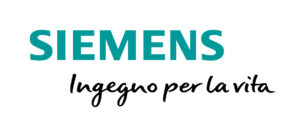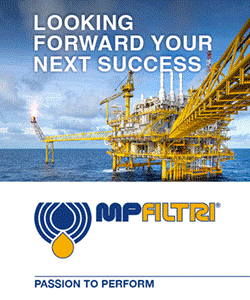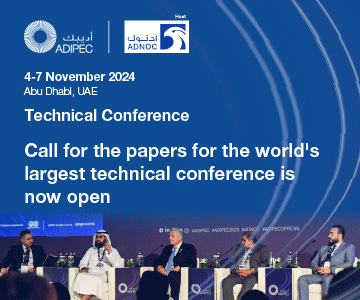A new study from ICE Dubai states that “The petrochemical industry in the Gulf region grew at 3.7 per cent in 2016 reaching 150 million tonnes of capacity, according to an annual study by the Gulf Petrochemicals and Chemicals Association (GPCA), outpacing the global average growth of 2.2 per cent. The figures emerged from ‘Arabian Gulf Industry Year in Review’ part of GPCA’s recently released annual report. The study highlights that the industry’s growth is largely due to new capacity added in Saudi Arabia, the region’s largest petrochemical producer with 99.1 million tonnes of capacity, representing a 66 per cent share of regional capacity. While the report highlights a fall from the Gulf chemical industry’s growth rate of 5 per cent in 2015, due in part to feedstock supply constraint and global economic uncertainty, ‘transformational’ new, highly complex projects in the region, such as the $20 billion Sadara Chemical joint venture between Saudi Aramco and Dow, and Kemya Elastomer Plant, an affiliate of Sabic and ExxonMobil Chemicals, point to a positive medium term outlook for growth. The drop from 2015 figures can also be attributed to new capacity additions coming from specialty chemicals, which tend to be lower in volume but higher in value compared to commodity petrochemicals. In addition, the report notes that GCC chemicals capacity utilization is more than 90 per cent over the past five years, twelve percentage points above the 78 per cent global industry’s utilisation average in 2016. Dr Abdulwahab Al Sadoun, secretary general, GPCA, said: “The regional industry continues to grow healthily by integrating new technologies, building better strategic partnerships and navigating smartly around global economic uncertainties.” “The region continues to make significant investments in greenfield plant operations as well as brownfield efficiency gains as GCC producers explore new and often unconventional sources of feedstock to drive chemical output,” he said. “Apart from advancing investment and innovation in the industry, the multibillion dollar project announcements, new technologies and capacity addition have contributed to a surge in job opportunities,” he added. “The results of the 2016 report are a testament to the agility and resilience of this region’s industry,” Al Sadoun concluded. The performance of the industry continues to depend on factors linked to feedstock and energy prices, along with labour productivity, capital intensity, links with the customers, knowledge of markets and uncertainty around the world, it said. In 2016, projects worth $13 billion were announced in the region, coming online between 2020 and 2024 and adding eight million tonnes production capacity.”
Search in the website














